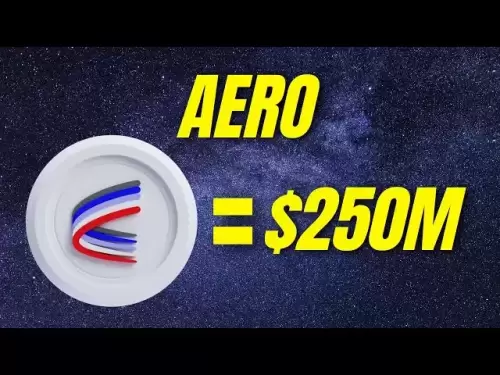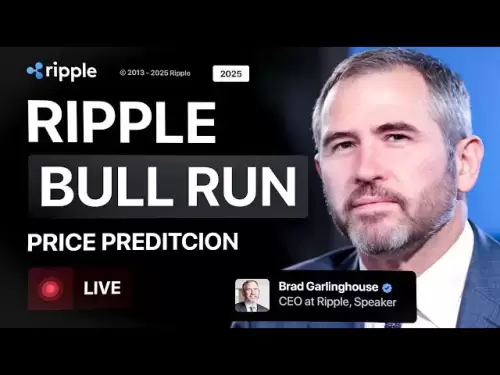-
 Bitcoin
Bitcoin $115,838.9935
4.06% -
 Ethereum
Ethereum $2,962.3060
6.90% -
 Tether USDt
Tether USDt $0.9999
-0.05% -
 XRP
XRP $2.5366
5.01% -
 BNB
BNB $686.0768
2.37% -
 Solana
Solana $163.9329
4.06% -
 USDC
USDC $0.9999
-0.02% -
 Dogecoin
Dogecoin $0.1924
5.65% -
 TRON
TRON $0.2929
1.03% -
 Cardano
Cardano $0.6744
8.30% -
 Hyperliquid
Hyperliquid $43.6306
6.90% -
 Sui
Sui $3.4647
12.59% -
 Bitcoin Cash
Bitcoin Cash $519.0816
1.17% -
 Chainlink
Chainlink $15.2152
6.57% -
 Stellar
Stellar $0.3034
5.48% -
 Avalanche
Avalanche $20.5939
5.48% -
 UNUS SED LEO
UNUS SED LEO $9.0437
0.50% -
 Hedera
Hedera $0.1878
9.62% -
 Shiba Inu
Shiba Inu $0.0...01321
6.26% -
 Toncoin
Toncoin $2.9364
3.03% -
 Litecoin
Litecoin $94.5494
4.04% -
 Polkadot
Polkadot $3.8539
5.80% -
 Monero
Monero $327.4607
0.26% -
 Dai
Dai $0.9997
-0.04% -
 Uniswap
Uniswap $8.5043
0.84% -
 Ethena USDe
Ethena USDe $1.0007
-0.05% -
 Bitget Token
Bitget Token $4.5445
3.39% -
 Pepe
Pepe $0.0...01226
9.12% -
 Aave
Aave $310.6483
2.50% -
 Pi
Pi $0.5024
6.43%
How to read a smart contract on Etherscan?
Etherscan allows users to explore and verify Ethereum smart contracts, offering tools to read functions, check transactions, and ensure code transparency.
Jul 11, 2025 at 01:14 am
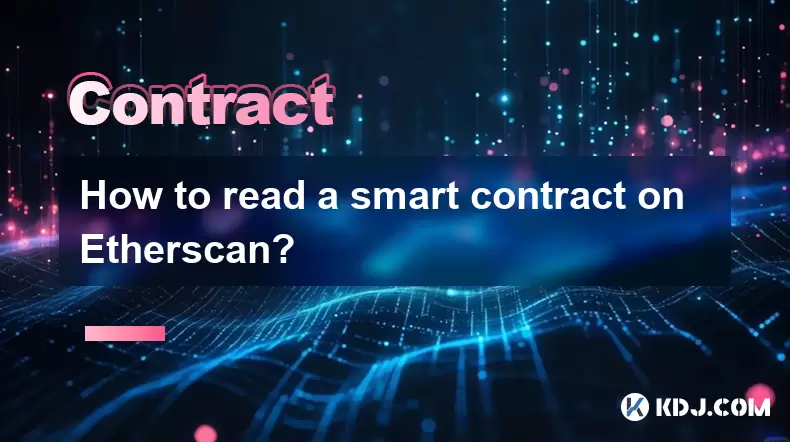
Understanding Smart Contracts and Etherscan
A smart contract is a self-executing contract with the terms of the agreement directly written into code. These contracts run on blockchain networks like Ethereum, automatically enforcing and executing agreements without intermediaries. To interact with or verify smart contracts, developers and users often turn to Etherscan, one of the most popular block explorers for the Ethereum blockchain.
Etherscan provides a user-friendly interface to explore Ethereum transactions, addresses, tokens, and smart contracts. Whether you're auditing a contract, verifying its source code, or checking transaction details, understanding how to navigate Etherscan is essential.
Navigating to a Smart Contract on Etherscan
To begin reading a smart contract on Etherscan, you first need the contract address. This is a unique identifier assigned to each deployed contract on the Ethereum network.
- Visit https://etherscan.io in your web browser.
- Locate the search bar at the top of the page.
- Enter the contract address into the search field and press "Enter".
You'll be redirected to the contract's overview page. This page contains various tabs such as Overview, Transactions, Read Contract, Write Contract, and more. Each tab offers different ways to interact with or examine the smart contract.
Verifying the Source Code of a Smart Contract
One of the key features of Etherscan is the ability to verify a smart contract's source code. Verification means that the deployed bytecode matches the publicly shared Solidity (or other language) code, ensuring transparency and trust.
If the contract has been verified, you will see a green checkmark next to the label "Contract" under the overview section. Clicking on the "Contract" tab will display the full source code along with compiler settings and optimization options used during deployment.
If no source code is visible, it may not have been verified by the deployer. In such cases, you can only view the bytecode or disassembled opcodes, which are much harder to interpret than human-readable code.
Reading and Interacting with the Contract Functions
Once the source code is available, you can explore the functions defined in the contract using the Read Contract and Write Contract tabs.
The Read Contract tab allows you to call constant functions—those that do not alter the state of the blockchain. For example, if there’s a function named totalSupply(), clicking it will return the current supply value from the contract without requiring a transaction.
The Write Contract tab enables interaction with state-changing functions. To use this, you must connect a wallet like MetaMask. Functions here typically require gas fees and user confirmation before execution.
These tools provide real-time access to smart contract logic and functionality, allowing users to validate behavior or developers to test contract interactions.
Analyzing Transactions and Internal Calls
The Transactions tab lists all external and internal transactions related to the smart contract. External transactions are initiated by externally owned accounts (EOAs), while internal transactions occur when a contract calls another contract.
Each transaction entry includes:
- Transaction hash
- Timestamp
- From and To addresses
- Value transferred
- Gas used
Clicking on a transaction hash reveals detailed information, including logs, status, and trace steps. This is useful for debugging or understanding how a particular smart contract behaves after being called.
Additionally, the Internal Txns tab shows contract-to-contract interactions, providing deeper insight into complex operations like token transfers or multi-step contract executions.
Frequently Asked Questions
Q: Can I read any smart contract on Etherscan?
A: You can read any smart contract whose address is known, but whether you can view the source code depends on whether the deployer chose to verify it. Unverified contracts only show bytecode.
Q: What should I do if a contract is not verified?
A: If a smart contract isn’t verified, you won’t see readable source code. You can still analyze the bytecode or use third-party decompilers, though these tools may not offer accurate results.
Q: Is it safe to interact with a smart contract via Etherscan?
A: While Etherscan itself is secure, interacting with smart contracts carries risks. Always ensure you understand what the contract does, confirm its verification status, and proceed cautiously when using the Write Contract feature.
Q: How can I tell if a contract is malicious?
A: Etherscan doesn’t flag malicious contracts automatically. You should audit the source code for suspicious functions, review transaction history for unusual activity, and consider using security tools or platforms like MythX or Slither for deeper analysis.
Disclaimer:info@kdj.com
The information provided is not trading advice. kdj.com does not assume any responsibility for any investments made based on the information provided in this article. Cryptocurrencies are highly volatile and it is highly recommended that you invest with caution after thorough research!
If you believe that the content used on this website infringes your copyright, please contact us immediately (info@kdj.com) and we will delete it promptly.
- Cathie Wood, Robotics, and Stock Bets: Navigating the AI-Driven Future
- 2025-07-11 12:30:12
- Granny's Garden: Vegetables, School Fees, and the Heart of Education
- 2025-07-11 12:30:12
- Ethena's USDe: Revenue Rockets, Regulatory Hurdles, and Market Dynamics
- 2025-07-11 10:50:12
- Bitcoin's Wild Ride: Supply Tightening Meets Volatility
- 2025-07-11 11:10:12
- Meme Coin Mania: A Crypto Paradigm Surge?
- 2025-07-11 11:10:12
- Walmart, Pudgy Penguins, and Altcoin Surge: What's the Hype?
- 2025-07-11 10:30:12
Related knowledge
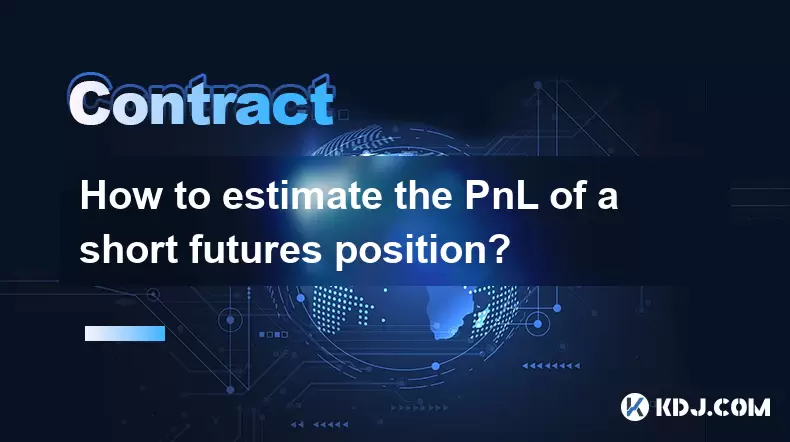
How to estimate the PnL of a short futures position?
Jul 10,2025 at 05:00pm
Understanding the Basics of Futures Trading and PnLIn futures trading, a trader enters into a contract to buy or sell an asset at a predetermined pric...
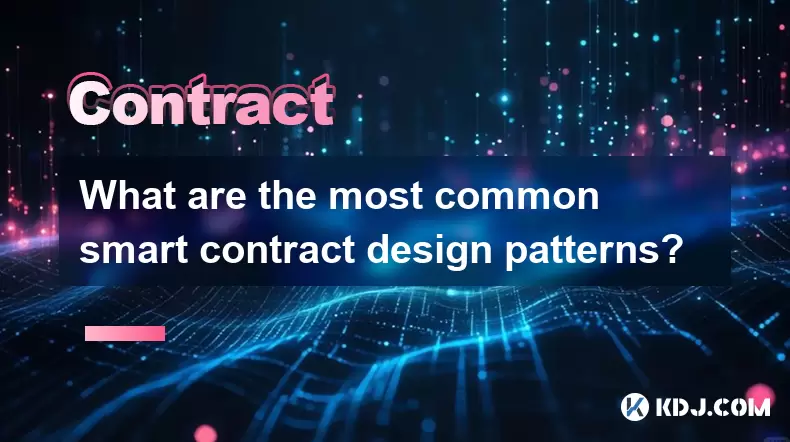
What are the most common smart contract design patterns?
Jul 10,2025 at 09:29pm
Introduction to Smart Contract Design PatternsSmart contract design patterns are standardized solutions to recurring problems encountered during the d...
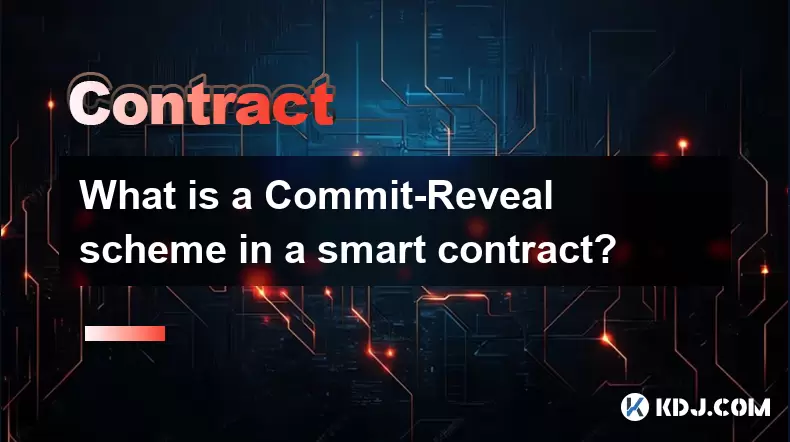
What is a Commit-Reveal scheme in a smart contract?
Jul 10,2025 at 05:22pm
Understanding the Concept of a Commit-Reveal SchemeIn the realm of blockchain and smart contracts, privacy and fairness are often critical concerns, e...
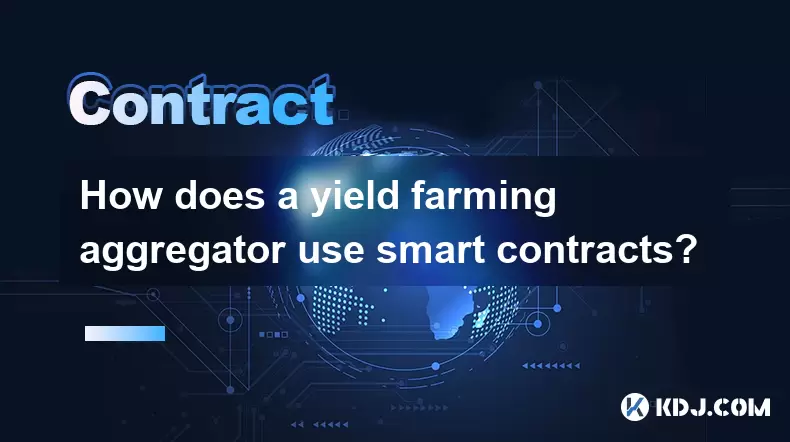
How does a yield farming aggregator use smart contracts?
Jul 11,2025 at 02:49am
Understanding the Role of Smart Contracts in Yield Farming AggregatorsA yield farming aggregator leverages smart contracts to automate and optimize th...
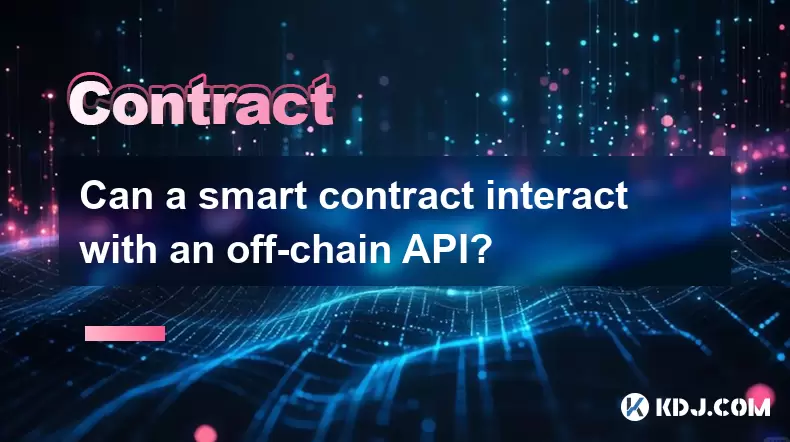
Can a smart contract interact with an off-chain API?
Jul 10,2025 at 09:42pm
What is a Smart Contract?A smart contract is a self-executing contract with the terms of the agreement directly written into lines of code. These cont...
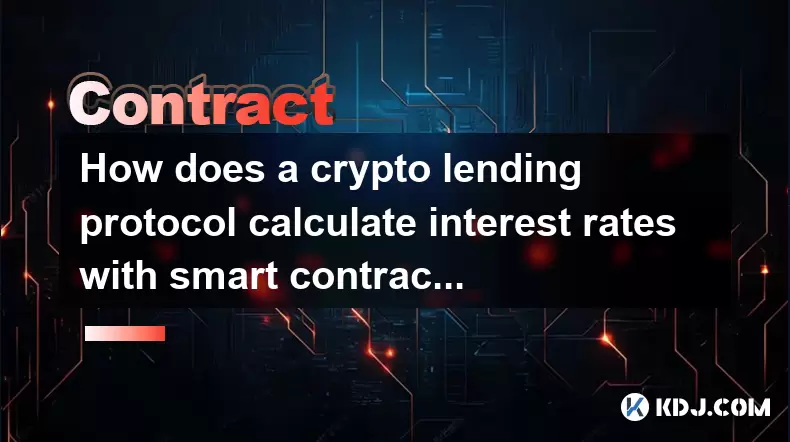
How does a crypto lending protocol calculate interest rates with smart contracts?
Jul 11,2025 at 07:21am
Understanding the Basics of Crypto Lending ProtocolsCrypto lending protocols operate on blockchain networks using smart contracts to automate the proc...

How to estimate the PnL of a short futures position?
Jul 10,2025 at 05:00pm
Understanding the Basics of Futures Trading and PnLIn futures trading, a trader enters into a contract to buy or sell an asset at a predetermined pric...

What are the most common smart contract design patterns?
Jul 10,2025 at 09:29pm
Introduction to Smart Contract Design PatternsSmart contract design patterns are standardized solutions to recurring problems encountered during the d...

What is a Commit-Reveal scheme in a smart contract?
Jul 10,2025 at 05:22pm
Understanding the Concept of a Commit-Reveal SchemeIn the realm of blockchain and smart contracts, privacy and fairness are often critical concerns, e...

How does a yield farming aggregator use smart contracts?
Jul 11,2025 at 02:49am
Understanding the Role of Smart Contracts in Yield Farming AggregatorsA yield farming aggregator leverages smart contracts to automate and optimize th...

Can a smart contract interact with an off-chain API?
Jul 10,2025 at 09:42pm
What is a Smart Contract?A smart contract is a self-executing contract with the terms of the agreement directly written into lines of code. These cont...

How does a crypto lending protocol calculate interest rates with smart contracts?
Jul 11,2025 at 07:21am
Understanding the Basics of Crypto Lending ProtocolsCrypto lending protocols operate on blockchain networks using smart contracts to automate the proc...
See all articles























